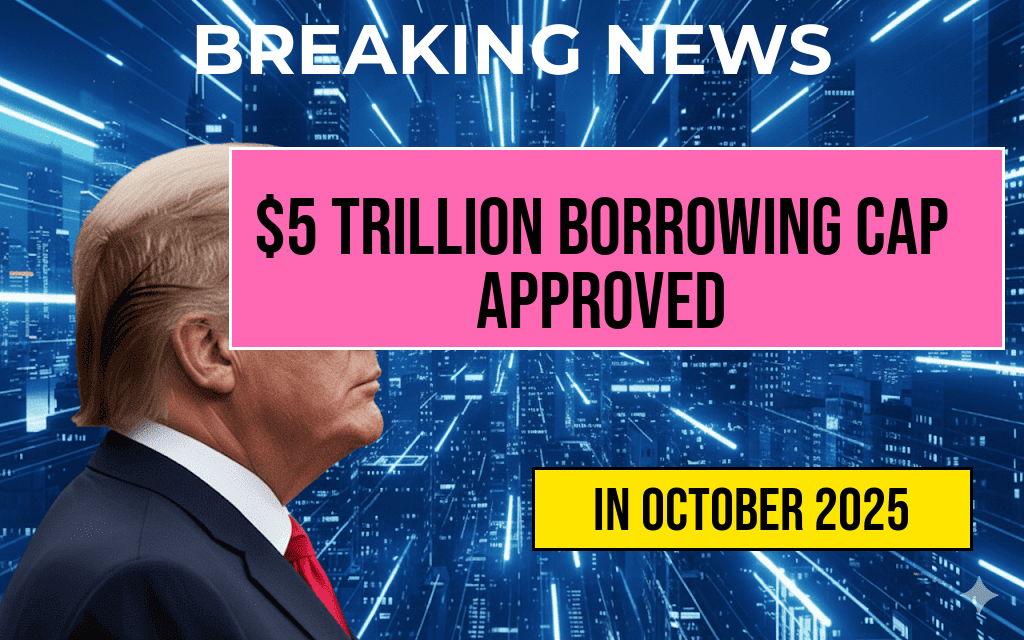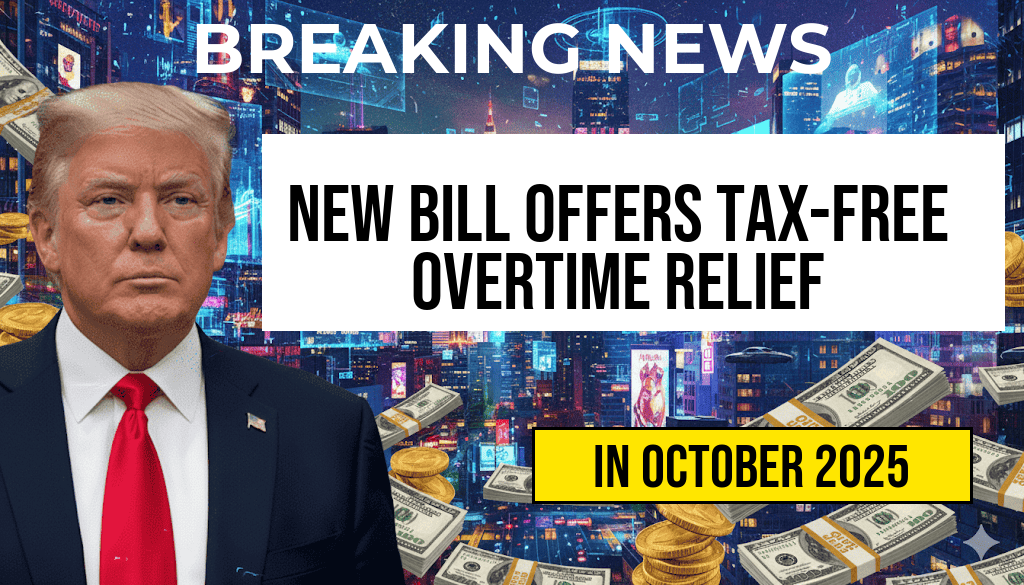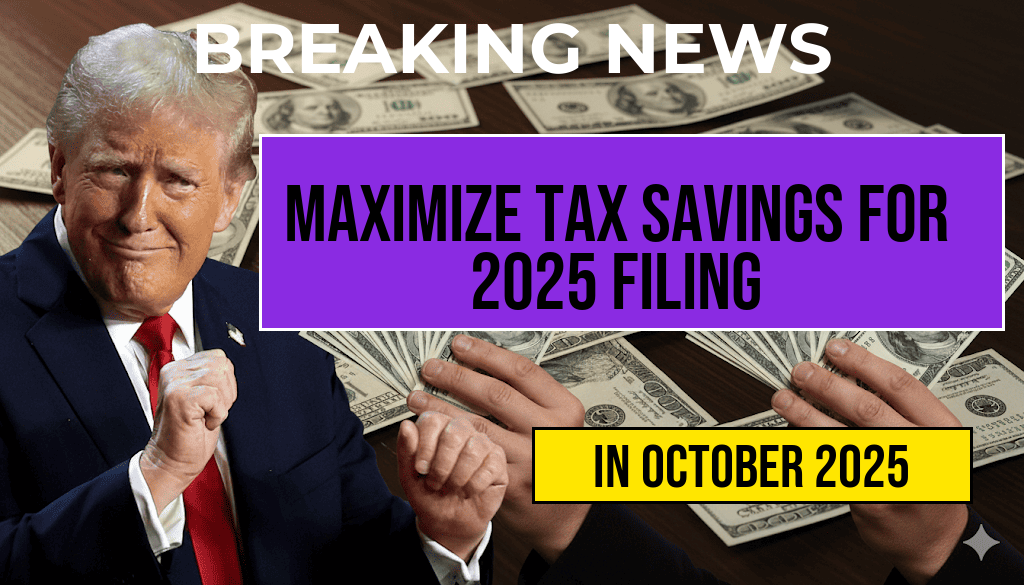On March 17, 2023, the U.S. Congress approved a significant increase in the federal borrowing cap, raising it by $5 trillion to accommodate rising national debt levels. This decision, made amid ongoing debates over fiscal policy and government spending, has broad implications for the economy, including potential effects on retirement accounts such as 401(k)s. As the borrowing cap influences interest rates and inflation, individuals saving for retirement might need to reassess their investment strategies in light of changing economic conditions.
The Context of the Borrowing Cap Increase
The federal borrowing cap, also known as the debt ceiling, is the legal limit on the total amount of money that the U.S. Treasury can borrow to cover expenses. The recent increase aims to prevent the government from defaulting on its obligations, which could have catastrophic effects on the economy. With the national debt surpassing $31 trillion, legislators argue that raising the cap is essential for maintaining government operations and ensuring economic stability.
Economic Implications
Increasing the borrowing cap has several potential economic implications:
- Interest Rates: A higher debt ceiling may lead to increased national debt, which can drive up interest rates. When the government borrows more, it competes with private sector borrowing, leading to higher rates for consumers and businesses.
- Inflation: More government borrowing can contribute to inflationary pressures. As the money supply expands, the value of the dollar may decline, affecting purchasing power.
- Investor Confidence: The decision to raise the borrowing cap can influence investor perceptions of U.S. fiscal responsibility. While some may see it as necessary to prevent default, others might view it as a sign of ongoing financial mismanagement.
Impact on 401(k) Plans
For many Americans, 401(k) plans are a crucial part of retirement savings. The implications of increased borrowing could affect these accounts in several ways:
Potential Effects on Investment Returns
As interest rates rise in response to increased government borrowing, the cost of borrowing for businesses also increases. This could lead to a slowdown in economic growth and lower corporate profits, which may negatively affect stock market performance. Given that many 401(k) plans invest heavily in equities, this could result in reduced returns for investors.
Shifts in Asset Allocation
With the potential for higher inflation, investors may need to reconsider their asset allocation strategies. Traditionally, 401(k) plans have included a mix of stocks and bonds. However, in an environment of rising rates and inflation, diversifying into alternative assets, such as commodities or real estate, may become more appealing.
Monitoring Contributions and Performance
As economic conditions evolve, individuals should monitor their 401(k) contributions and performance closely. Adjusting contributions in response to market conditions can help maximize retirement savings. Engaging with a financial advisor may provide personalized strategies to navigate these changes effectively.
Conclusion
The recent approval of a $5 trillion increase in the federal borrowing cap is a pivotal moment in U.S. fiscal policy that has far-reaching implications. As the economic landscape shifts, individuals should stay informed and proactive about their retirement investments. Understanding the potential effects on 401(k) plans can empower savers to make informed decisions that align with their long-term financial goals.
For further information on the debt ceiling and its implications, you can refer to these sources: Wikipedia on U.S. Debt Ceiling and Forbes on 401(k) vs. IRA.
Frequently Asked Questions
What does the recent $5 trillion increase in the borrowing cap mean for my 401(k)?
The $5 trillion increase in the borrowing cap may lead to higher interest rates, which can impact investment returns on your 401(k). If borrowing costs rise, it could affect the overall economic environment and market performance, potentially influencing your retirement savings.
How might the increase in borrowing cap affect my retirement savings strategy?
With the increased borrowing cap, you may want to reconsider your asset allocation in your 401(k). As interest rates fluctuate, certain investments may become more or less attractive, prompting adjustments to maximize growth potential while managing risk.
Will this increase in borrowing cap lead to inflation?
Yes, the $5 trillion increase in borrowing may contribute to inflationary pressures if it results in higher government spending. Inflation can erode the purchasing power of your retirement savings, making it crucial to monitor your 401(k) investments during this period.
Should I be concerned about the long-term impacts of this borrowing cap increase?
While the immediate effects may vary, the long-term impacts of the borrowing cap increase could influence economic growth and market stability. It’s important to stay informed and adjust your retirement planning accordingly to mitigate potential risks.
How can I protect my 401(k) from potential negative impacts of this borrowing cap?
To protect your 401(k), consider diversifying your investments, keeping an eye on interest rate trends, and possibly reallocating funds into inflation-hedged assets. Consulting with a financial advisor can also help you navigate these changes effectively.






